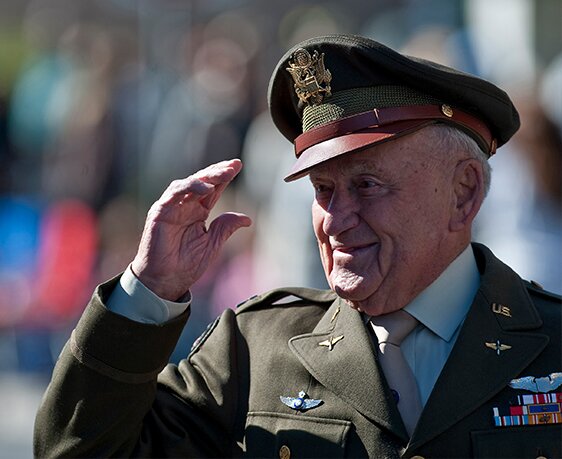Saluting a generation!

Music, Laughter and Song
At the outbreak of WW2, the British Government ordered the closure of places of entertainment including cinema’s and concert halls. Fearing imminent enemy air raids upon the civilian population, large assemblies of people were actively discouraged in the belief that the casualty rate from an attack would be devastating, the emergency resources would be unable to cope, and the morale of the people would suffer so much that they would demand the Government, negotiate peace with Hitler.
When the expected air raids did not materialise, Britain entered the period known at the Phoney War. ‘Phoney War’ is the name given to the period in WW2 from September 1939 to April 1940 when, after the blitzkrieg attack on Poland in September 1939, seemingly nothing happened. Many in Great Britain expected a major calamity, but the title ‘Phoney War’ summarises what happened in Western Europe, near enough nothing.
The lack of activity to some extent caught the Government and the public off guard and whilst the military were able to use the time to train, reequip and prepare, the public were in limbo and some commentators were suggesting that this was having a negative impact on morale.
About turn, for the Government recognised that it was vital to keep the population galvanised in readiness for what may lay ahead. Morale boosting was the most quick and effective way to achieve results and so the cinemas and concert halls re-opened and the Home Front population could once again take time out to forget their troubles. ‘Music laughter and a song will help
the day along’ was a headline in one popular newspaper.
After the evacuation of its artworks, from autumn 1939 the deserted National Gallery began hosting a series of lunchtime concerts in the Barry Rooms, featuring performances by pianist Myra Hess. During air raids the concerts moved to the basement and on one occasion even continued without interruption despite a bomb exploding nearby. The concerts were immensely popular with Londoners, members of the Armed Services, the Emergency Services and war workers.
Myra Hess enjoyed great respect and fame during war. Because all concert halls were blacked out at night to avoid being targets of German bombers, she organised what would turn out to be nearly 2,000 lunchtime concerts during a period of six years, from the first concert given during the Blitz on London. All the concerts were held at the National Gallery, in Trafalgar Square and Hess herself performed in 150 of them. For her contribution towards maintaining the morale of the wartime visitors to and the population of London, King George VI created her a Dame Commander of the Order of the British Empire (DBE) in 1941. She had previously been created a CBE (Companion of the British Empire in 1936. Of particular note is her albeit brief appearance, performing at one of her lunchtime concerts in the 1942 wartime documentary Listen to Britain which was directed by Humphrey Jennings and Stewart McAllister (https://www.youtube.com/watch?v=Nq1UqU2u1hs
Hess began her lunchtime concerts a few weeks after the start of the Second World War. They were presented on Monday to Friday, for six-and-a-half years without fail. If London was being bombed, the concert was moved to a smaller, safer room. Every artist was paid five guineas no matter who they were. In all, Hess presented 1,968 concerts seen by 824,152 people. Hess’s lunchtime concerts influenced the formation of the City Music Society. She helped to make classical music popular with all sections of society and she raised the spirits and morale of all those who attended her concerts.
On Saturday 8 September in St Nicholas’s Church Newbury, pianist Oliver Williams will present a lunchtime concert during which he will perform works based on the repertoire of Dame Myra Hess. This concert is in honour of Myra Hess and all those who lived, served and perished on the Home Front. It is one of the highlights of Newbury’s unique event Their Legacy, Our History which is presenting aspects of life on Britain Home Front during WW2.

















